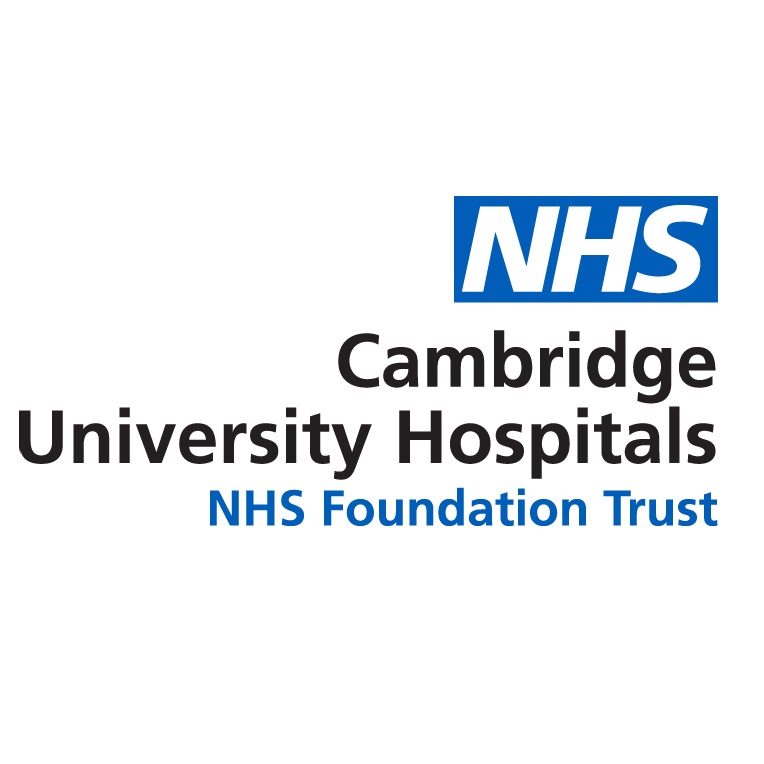
Scaling the trust's electronic patient record during COVID-19
What problem was the trust looking to solve?
In response to the pandemic, Cambridge University Hospitals NHS Foundation Trust needed to build upon its strong technological foundations at pace, to adapt existing technologies and expand digital capabilities to best support staff and keep patients safe. Key to this work was scaling up the trust-wide integrated electronic patient record (EPR) system. This would support changes to care (including telemedicine provision), extend the use of data analytics to support management and national reporting requirements, and extend technological capabilities to a regional-wide level to support the care of shared patients.
What was the trust's response?
Through collaborative working with clinical and operational staff and the trust’s in-house digital team (supported by IT partners) the trust was able to:
- Enable clinicians to track and monitor patients with suspected or confirmed COVID-19, with automated high risk flags added to electronic records of those patients with confirmed COVID-19, to visibly alert all members of the patient’s clinical care team.
- Utilise its extensive EPR analytical tools and build reports from this data to enable, to trust, to manage, and to report on COVID-19 screenings, test results, and resources to maintain efficient and effective patient care and safety.
- Develop analytical tools (both within and integrated with the trust’s EPR) to track real-time progress of the virus, capacity predictions, stock levels of essential supplies (personal protective equipment, oxygen etc.) and a live data stream of COVID-19 test results and admissions for reporting to national bodies such as Public Health England.
- Streamline the clerking in of suspected and confirmed COVID-19 patients in the trust’s EPR, to provide more effective intensive care ward rounds, and mapping of additional COVID-19 care areas into the EPR to maintain a real-time trust-wide capacity dashboard.
- Create a COVID-19 risk and vulnerability scoring system with clinicians and surgeons to allow each new referral, case request, and outpatient procedure to contain the patient’s priority, risk, and vulnerability score along with a failsafe date (by when the patient needs to be treated to avoid undue harm) to aid the prioritisation of patients and reopening of services.
- Provide portal access to the trust’s EPR for hospitals across the East of England to allow a real time view of key clinical information for shared patients.
What was the impact?
The clinicians at Cambridge University Hospitals are now able to access the trust’s EPR remotely and provide detailed support to colleagues, whether on site or off site, 24-hours a day. Care and treatment for patients with chronic conditions can be maintained off site, safely and effectively.
The trust now has in excess of 50,000 patients using the MyChart patient portal, which is directly integrated to their health record held within Cambridge’s EPR (over 20,000 patients have registered with a MyChart account over the past five months alone). Clinicians use the tool to engage with patients outside of hospital to share information about COVID-19 and any changes to care and appointments as a result. It has also been used to release COVID-19 swab and antibody test results to patients and hospital staff.
Cambridge is also using its EPR to standardise and streamline operational processes to support the management of patient care and patient needs. For example, non-urgent outpatient appointments moving to telephone where possible, with capability in the system to automatically generate telephone appointment letters to patients (via the MyChart patient portal). This has helped prevent patients from visiting the hospital unless absolutely necessary, while continuing to support them with the management of their conditions and the care that they require.
What is planned next?
The trust is continuing efforts to advance digitally from both an electronic patient record, analytical perspective, and an IT infrastructure and support perspective. Over the coming months, Cambridge intends to:
- move to a secure message system for all clinicians, which is integrated with the trust’s EPR, as a replacement for pages
- undertake a widespread deployment of voice recognition functionality with the ability to extract structured entities from narrative text within the EPR
- further work on interoperability with other institutions, and as part of the trust’s work with the integrated care record programme in the sustainability and transformation partnership (STP)
- continue to extend and deploy self-service analytical platforms for use by clinical and operational colleagues to support patient care